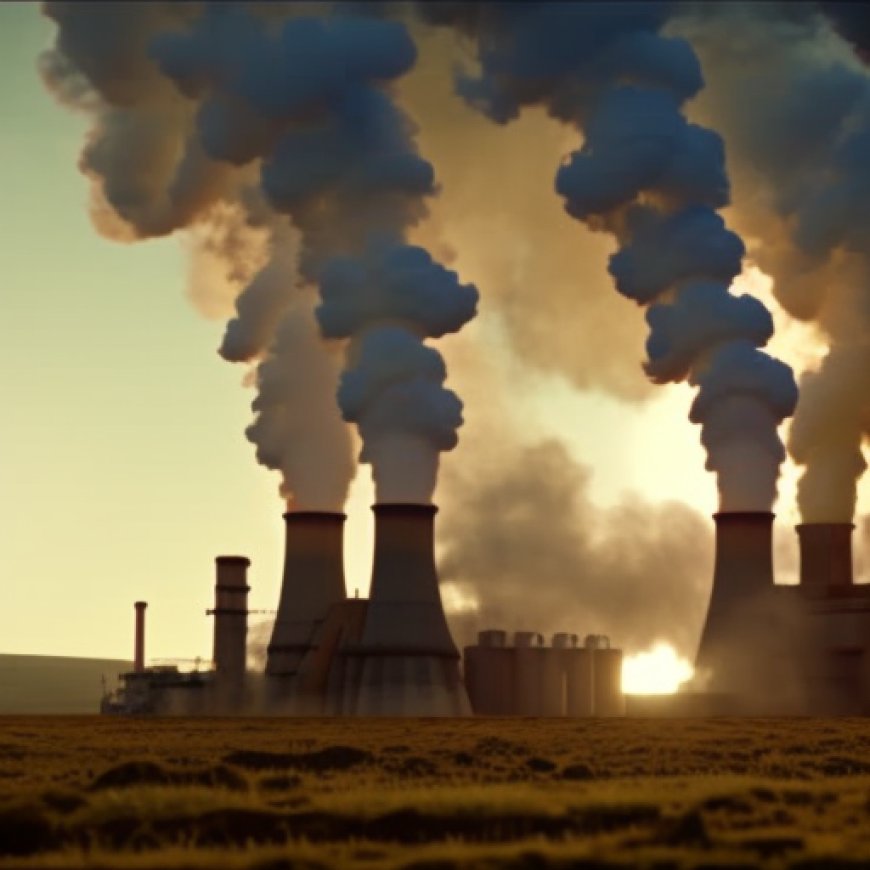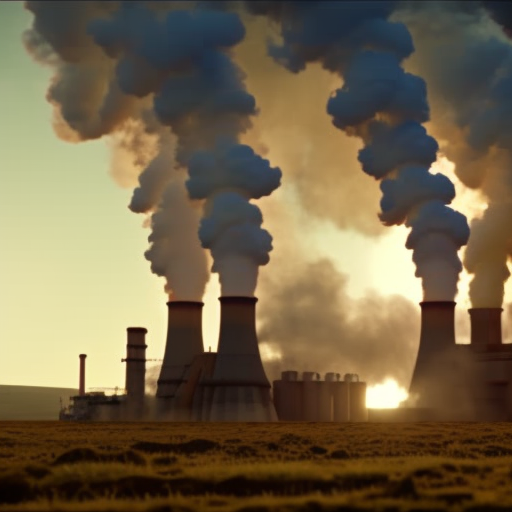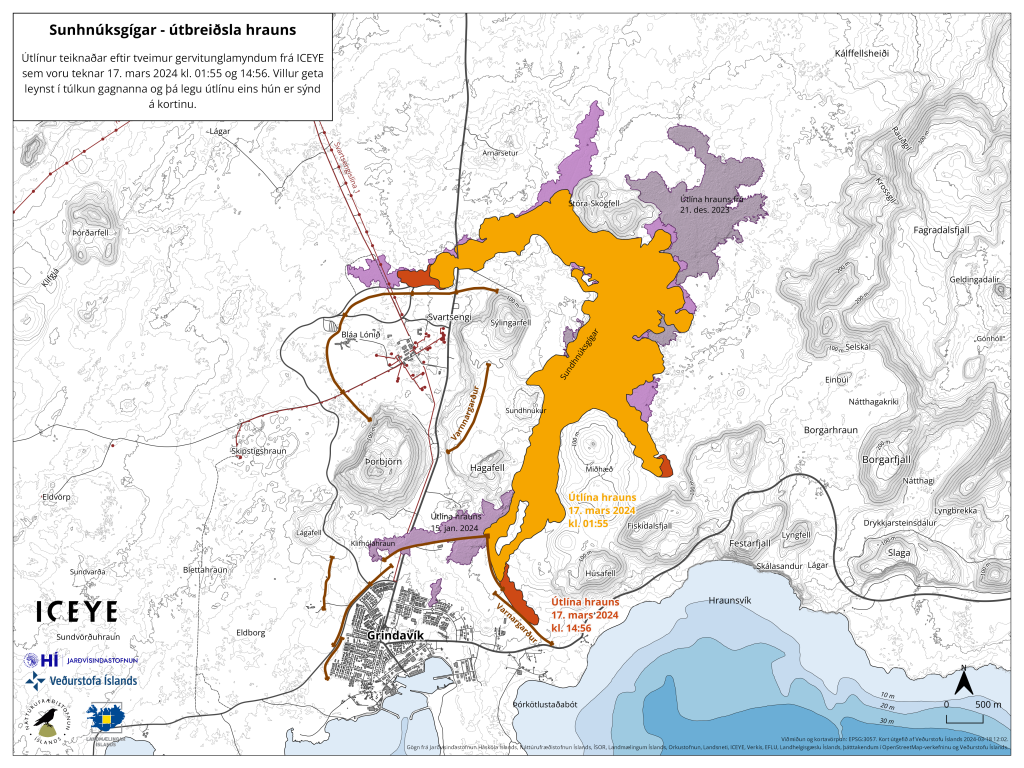Svartsengi Geothermal Power Station Evacuated Due to Air Pollution
Svartsengi Geothermal Power Station Evacuated Due to Air Pollution IcelandReview


Svartsengi Geothermal Power Station Evacuated Due to Pollution
The Svartsengi geothermal power station was evacuated this morning due to sulfur dioxide (SO2) pollution from the ongoing Reykjanes eruption. Five employees were reported to be in the area when the decision to evacuate was made. RÚV reported first.
Svartsengi Can Operate Nearly Autonomously
The Svartsengi geothermal power station is a major provider of electricity and hot and cold water for the Reykjanes peninsula. After the first Reykjanes eruption in 2021, steps were taken to ensure the continued operation of the station, even during an eruption. It is capable of operating nearly autonomously for shorter periods of time, and during such eruptions, it operates with a skeleton crew. It has been operated almost entirely remotely for the past month.

Evacuation Due to High SO2 Levels
Birna Lárusdóttir, a spokesperson for HS Orka, the operator of Svartsengi, stated to Morgunblaðið that “SO2 levels had reached a point where it was no longer advisable to be in the area.” She noted that they had prepared for this eventuality and that as wind patterns change later in the day, it may be possible for employees to return today. She emphasized that such decisions are made in cooperation with Civil Protection and the Met Office.
Power Production Not at Risk
Birna continued: “However, this is certainly not a completely unmanned power plant. We need to attend to various tools and equipment that are part of the daily operations of the power station. We need to take care of buildings, equipment, and machinery when we deem it necessary, as we did this morning.”
According to Birna, power production at Svartsengi is not currently at risk.
SDGs, Targets, and Indicators
-
SDG 7: Affordable and Clean Energy
- Target 7.2: Increase the share of renewable energy in the global energy mix
- Indicator 7.2.1: Renewable energy share in the total final energy consumption
-
SDG 11: Sustainable Cities and Communities
- Target 11.6: Reduce the adverse per capita environmental impact of cities, including by paying special attention to air quality
- Indicator 11.6.2: Annual mean levels of fine particulate matter (e.g. PM2.5) in cities (population weighted)
Analysis
1. Which SDGs are addressed or connected to the issues highlighted in the article?
The issues highlighted in the article are connected to SDG 7 (Affordable and Clean Energy) and SDG 11 (Sustainable Cities and Communities).
2. What specific targets under those SDGs can be identified based on the article’s content?
Based on the article’s content, the specific targets that can be identified are:
- Target 7.2: Increase the share of renewable energy in the global energy mix
- Target 11.6: Reduce the adverse per capita environmental impact of cities, including by paying special attention to air quality
3. Are there any indicators mentioned or implied in the article that can be used to measure progress towards the identified targets?
Yes, there are indicators mentioned or implied in the article that can be used to measure progress towards the identified targets:
- Indicator 7.2.1: Renewable energy share in the total final energy consumption
- Indicator 11.6.2: Annual mean levels of fine particulate matter (e.g. PM2.5) in cities (population weighted)
Table: SDGs, Targets, and Indicators
| SDGs | Targets | Indicators |
|---|---|---|
| SDG 7: Affordable and Clean Energy | Target 7.2: Increase the share of renewable energy in the global energy mix | Indicator 7.2.1: Renewable energy share in the total final energy consumption |
| SDG 11: Sustainable Cities and Communities | Target 11.6: Reduce the adverse per capita environmental impact of cities, including by paying special attention to air quality | Indicator 11.6.2: Annual mean levels of fine particulate matter (e.g. PM2.5) in cities (population weighted) |
Behold! This splendid article springs forth from the wellspring of knowledge, shaped by a wondrous proprietary AI technology that delved into a vast ocean of data, illuminating the path towards the Sustainable Development Goals. Remember that all rights are reserved by SDG Investors LLC, empowering us to champion progress together.
Source: icelandreview.com

Join us, as fellow seekers of change, on a transformative journey at https://sdgtalks.ai/welcome, where you can become a member and actively contribute to shaping a brighter future.







